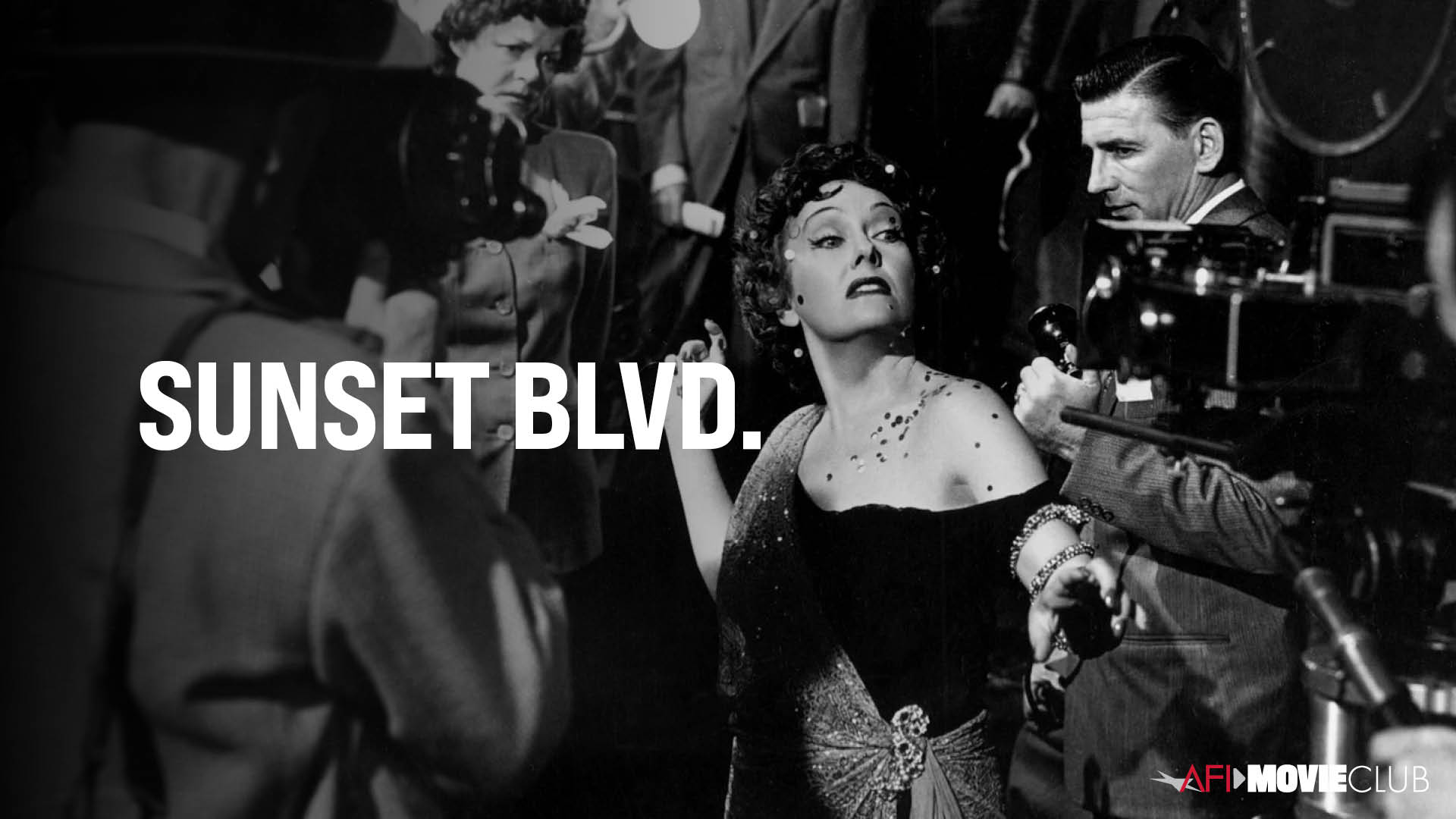Sunset Boulevard (1950)

“Sunset Boulevard” (1950), directed by Billy Wilder, is a classic American film noir that offers a scathing critique of Hollywood’s dark side. Set in Los Angeles and Beverly Hills, the film follows the tragic story of an aging silent film star and the desperate screenwriter who becomes entangled in her delusional world. The title refers to the famous street in Los Angeles, symbolizing both the glamour and the decay of the Hollywood dream. With its iconic performances and sharp commentary on fame and illusion, “Sunset Boulevard” remains one of the greatest films of all time.
The film centers on Joe Gillis (William Holden), a struggling screenwriter who becomes involved with Norma Desmond (Gloria Swanson), a once-famous silent film star now living in seclusion. Norma, unable to accept the end of her career, believes she can make a grand comeback. She hires Joe to help her write a screenplay, but soon, their relationship becomes more complex and dangerous. As Joe becomes trapped in her world, he finds himself unable to escape the manipulative and obsessive nature of Norma. The film’s dark, tragic narrative reveals the destructive nature of fame and the lengths to which some will go to reclaim lost glory.
At its core, “Sunset Boulevard” is about obsession and illusion, particularly in the context of Hollywood. Norma Desmond represents the dangers of living in the past, clinging to an idealized version of her former self. The film critiques the industry’s tendency to discard its stars when they age, only to later exploit their nostalgia for a bygone era. The notion of “making a comeback” is central to the story, with Norma’s desperate attempts to return to the spotlight symbolizing the destructive forces of fame, insecurity, and the inability to move on from past successes.

The performances in “Sunset Boulevard” are nothing short of extraordinary. Gloria Swanson, playing the delusional and tragic Norma Desmond, delivers a career-defining performance, capturing both the grandeur and the vulnerability of her character. Her portrayal of a woman clinging to her former glory is both haunting and poignant. William Holden’s portrayal of Joe Gillis, a man who becomes morally compromised in his quest for success, adds depth and nuance to the film. The chemistry between Swanson and Holden is electric, and their complex relationship is a driving force of the narrative.

Billy Wilder’s direction and the film’s cinematography play a crucial role in conveying the tone and themes of “Sunset Boulevard.” The use of shadows, stark lighting, and dark visuals enhances the noir atmosphere, creating a sense of foreboding and moral ambiguity. Cinematographer John F. Seitz’s framing of scenes often emphasizes the isolation and entrapment of the characters, particularly Norma, whose large, dark mansion feels like a prison from which she cannot escape. The film’s visual style serves as a metaphor for the decay of both the characters and the Hollywood system they inhabit.

In conclusion, “Sunset Boulevard” is a brilliant and unforgettable film that explores the price of fame and the dangers of clinging to past glory. Through its compelling performances, sharp social commentary, and masterful direction, the film remains a timeless classic in the American cinema canon. Billy Wilder’s ability to weave a dark, tragic narrative with elements of satire and drama makes “Sunset Boulevard” an essential film for anyone interested in the complexities of Hollywood and human nature. Its exploration of illusion versus reality continues to resonate with audiences, making it a truly iconic piece of cinema.











